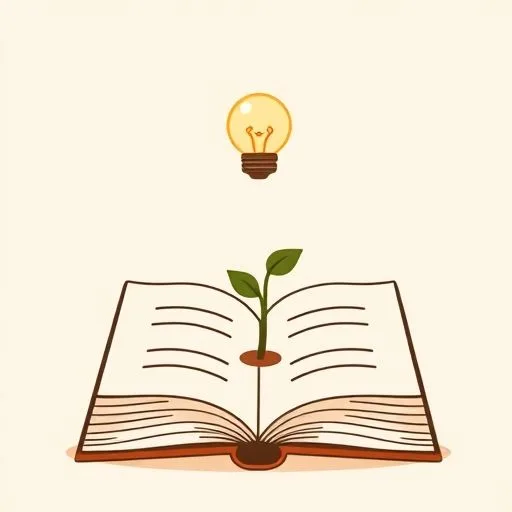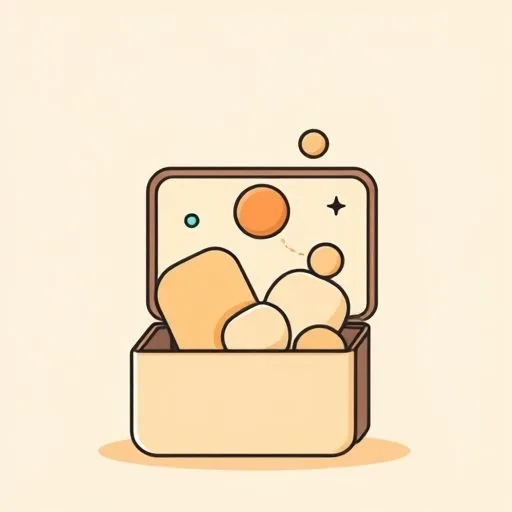
You know that moment when you’re helping with homework, and your child looks up with those bright, curious eyes asking about the future? Lately, that future feels like it’s shifting right under our feet. Just the other day, as we walked home from school—that short, familiar stretch where the afternoon light filters through the trees—Just like when the scent of kimchi jjigae meets maple in our kitchen, reminding me of home—my daughter asked if robots would do all the jobs when she grows up. It hit me right in the dad-heart. Then I stumbled across this Stanford research showing how AI is already reshaping who gets hired, with young developers and entry-level workers facing the steepest drops. But here’s what I realized: this isn’t just about numbers on a spreadsheet. It’s about the conversations we have at our dinner tables, the values we instill, and the hope we nurture in our children’s hearts. This is our story to shape, friends.
So, what does AI mean for our soon-to-be grads?

It’s happening without fanfare—no dramatic headlines scrolling across our screens, just a gradual change in who gets that first foot in the door. According to Stanford’s deep dive into real payroll data, workers aged 22 to 25 in fields like coding and customer service are seeing nearly 20% fewer opportunities since AI tools like ChatGPT exploded onto the scene.
That’s not some abstract statistic; that’s the fresh graduate, the bright-eyed intern, the young person full of ideas suddenly facing a closed door. It reminds me of watching kids at the playground—sometimes the rules of the game change mid-swing, and we have to adjust how we play. Only this time, the game is the future job market, and our children are the players.
But here’s the twist: it’s not about fear. It’s about understanding the new rules so we can coach our kids to not just play, but to thrive. Building adaptability is our secret superpower—one that helps us coach our kids to thrive!
Why do experienced workers thrive with AI tools?

Here’s where it gets fascinating—and honestly, a bit reassuring for us parents with a few more years under our belts. The same study found that older, experienced workers aren’t just holding their ground; they’re often using AI as a sidekick to boost their skills, like a master craftsman adding a powerful new tool to their workshop.
They’re using it to automate routine tasks, freeing up mental space for creative problem-solving and strategic thinking—the very things that make us uniquely human. It’s like comparing a family recipe passed down through generations to a quick meal kit. Both can feed you, but one carries wisdom, nuance, and a story.
That’s what we need to nurture in our kids: not just the ability to code or crunch data, but the creativity, empathy, and critical thinking that AI can’t replicate. Those are the superpowers that will always be in demand, especially in navigating AI job changes. But okay, how do we bring this home in our daily family life?
How can parents turn AI worry into actionable hope?

So how do we translate these big, sometimes scary, shifts into actionable hope for our families? First, let’s reframe AI not as a job-stealer, but as a collaborator. At home, we’ve started treating it like a digital assistant for curiosity. My daughter will ask a question about space or animals, and we’ll explore the answer together using AI tools—it becomes a launchpad for deeper discussion, not a replacement for learning.
Second, we’re doubling down on what I call ‘heart skills’: teamwork, communication, resilience. These aren’t taught through apps alone; they’re built in backyard adventures, during family game nights, through resolving squabbles and sharing joys.
Finally, we’re fostering a mindset of lifelong learning. The jobs of tomorrow may not even exist yet, but the adaptability to embrace them will be our children’s greatest asset. It’s not about racing against machines; it’s about running alongside them with confidence and grace.
This parenting playbook for AI adaptation offers not just strategies, but a reminder that hope is built in everyday moments.
Why is community support key in the AI era?

One of the most beautiful things about this moment is how it’s reminding us to lean into each other. I see it in our neighborhood—parents sharing resources, teachers integrating AI in education thoughtfully, local businesses mentoring teens. This isn’t a challenge we face alone; it’s a village effort.
That Stanford research highlighted that the disruption is happening through fewer opportunities, not lower wages, suggesting there’s time to adapt collectively. We can be the generation that ensures no child feels left behind by technological change.
By creating networks of support, advocating for inclusive policies, and simply being there for each other, we’re not just preparing our kids for the future; we’re building a future worth preparing for. It’s in these connections—the shared laughs, the helping hands, the hopeful conversations—that we find our greatest strength. In facing AI job shifts, community becomes our anchor.
What gives us unshakable hope for the future?

As I write this, the evening is settling in, and the sounds of my daughter playing creatively in her room fill the house. It strikes me that the very things that make her childhood magical—imagination, joy, boundless curiosity—are the very things that will future-proof her in an AI world.
The Stanford data might show a dip in entry-level roles, but it also reveals a path forward: one where human ingenuity, paired with technology, creates new possibilities we can’t even imagine yet. Our role as parents isn’t to have all the answers; it’s to foster the resilience, empathy, and hope that will help our children write their own answers.
So let’s embrace this journey not with anxiety, but with excitement. The future isn’t something that happens to us; it’s something we build together, one heartfelt conversation, one encouraging word, one shared dream at a time. And honestly? I’ve never been more hopeful about what we can create.
This reflection on hope in the midst of AI change invites us to ponder: what legacy of resilience are we leaving for our children?
Source: Companies Are Being Torn Apart by AI “Workslop,” Stanford Research Finds, Futurism, 2025-09-23
